This Old House Raised Garden Beds: The Ultimate Guide To Building And Planting Your Own
Introduction
Growing your own food is a rewarding experience, and raised garden beds make it easier than ever. Raised beds are a great option for gardeners of all skill levels, and they offer a number of benefits over traditional in-ground gardens.
In this blog post, we will discuss the benefits of raised garden beds, how to choose the right materials, and how to build your own raised bed. We will also provide some tips on planting and caring for your raised bed garden.
Benefits of Raised Garden Beds
There are many benefits to using raised garden beds. Some of the most notable benefits include:
- Better drainage: Raised beds drain more easily than in-ground gardens, which helps to prevent root rot and other plant diseases.
- Better soil quality: Raised beds can be filled with high-quality potting soil, which provides plants with the nutrients they need to thrive.
- Ease of access: Raised beds are easy to access, even for people with limited mobility.
- Better visibility: Raised beds make it easier to see your plants, which can help you to identify problems early on.
- Longer growing season: Raised beds warm up earlier in the spring and stay warm later in the fall, which means you can enjoy a longer growing season.
Choosing the Right Materials
There are a variety of materials that can be used to build raised beds. Some of the most popular materials include:
- Wood: Wood is a traditional material for raised beds, and it is relatively easy to work with. However, wood can rot over time, so it is important to use rot-resistant wood such as cedar or redwood.
- Plastic: Plastic raised beds are durable and low-maintenance. However, they can be more expensive than wooden raised beds.
- Concrete: Concrete raised beds are very durable, but they can be difficult to build and heavy.
Building a Raised Garden Bed
Once you have chosen the right materials, you can start building your raised bed. Here are the basic steps involved in building a raised garden bed:
- Choose a location for your raised bed. The location should be sunny and well-drained.
- Measure the area where you want to place your raised bed.
- Cut the materials to the desired size.
- Assemble the raised bed frame.
- Fill the raised bed with soil.
Planting and Caring for Your Raised Bed Garden
Once your raised bed is built, you can start planting your garden. Here are some tips for planting and caring for your raised bed garden:
- Choose plants that are appropriate for the climate in your area.
- Plant the plants at the correct depth.
- Water the plants regularly.
- Fertilize the plants as needed.
- Weed the garden regularly.
Conclusion
Raised garden beds are a great way to grow your own food. They offer a number of benefits over traditional in-ground gardens, and they are relatively easy to build and maintain. If you are thinking about starting a garden, I encourage you to consider using raised garden beds.
I've been researching raised garden beds, and I came across a great article on Home Gardening. The article talks about the benefits of raised garden beds, as well as how to build your own.
In the article, they mention a specific type of raised garden bed called a "This Old House" raised garden bed. This type of bed is made from pressure-treated lumber, which makes it durable and long-lasting. They also mention that this type of bed is easy to build, even for beginners.
If you're interested in learning more about "This Old House" raised garden beds, I recommend checking out the article on Home Gardening.
FAQ of this old house raised garden bed
- What are the benefits of using a This Old House raised garden bed?
There are many benefits to using a This Old House raised garden bed, including:
* Improved drainage: Raised beds drain more easily than traditional in-ground gardens, which can help to prevent root rot and other problems.
* Reduced pests and diseases: Raised beds are often easier to keep free of pests and diseases than in-ground gardens, because they are raised up off the ground and the soil is easier to control.
* Easier access: Raised beds are easier to access, which can be especially helpful for people with limited mobility.
* Better soil quality: Raised beds can be filled with a high-quality potting mix that is specifically designed for gardening, which can lead to better plant growth.
- What materials are best for a This Old House raised garden bed?
The best materials for a This Old House raised garden bed will depend on your climate and budget. Some popular options include:
* Cedar: Cedar is a rot-resistant wood that is well-suited for outdoor use.
* Pressure-treated lumber: Pressure-treated lumber is also rot-resistant and can be a more affordable option than cedar.
* Concrete: Concrete is a very durable material that can last for many years.
* Brick: Brick is another durable material that can give your garden bed a classic look.
- How deep should a This Old House raised garden bed be?
The depth of your raised garden bed will depend on the type of plants you plan to grow. For most vegetables, a depth of 12-18 inches is sufficient. However, some plants, such as potatoes, require a deeper bed.
- What kind of soil should I use in a This Old House raised garden bed?
The best soil for a This Old House raised garden bed is a loose, well-draining potting mix that is specifically designed for gardening. You can purchase potting mix from a garden center or make your own by mixing equal parts compost, peat moss, and perlite.
- How do I care for a This Old House raised garden bed?
To care for your This Old House raised garden bed, you will need to:
* Water your plants regularly, especially during hot, dry weather.
* Add compost or other organic matter to the soil each year to improve drainage and fertility.
* Weed your garden bed regularly to prevent weeds from competing with your plants for water and nutrients.
* Protect your garden bed from pests and diseases.
Image of this old house raised garden bed
10 different images of old house raised garden beds that are free to use:
- A raised garden bed made of wood planks, with a brick border.
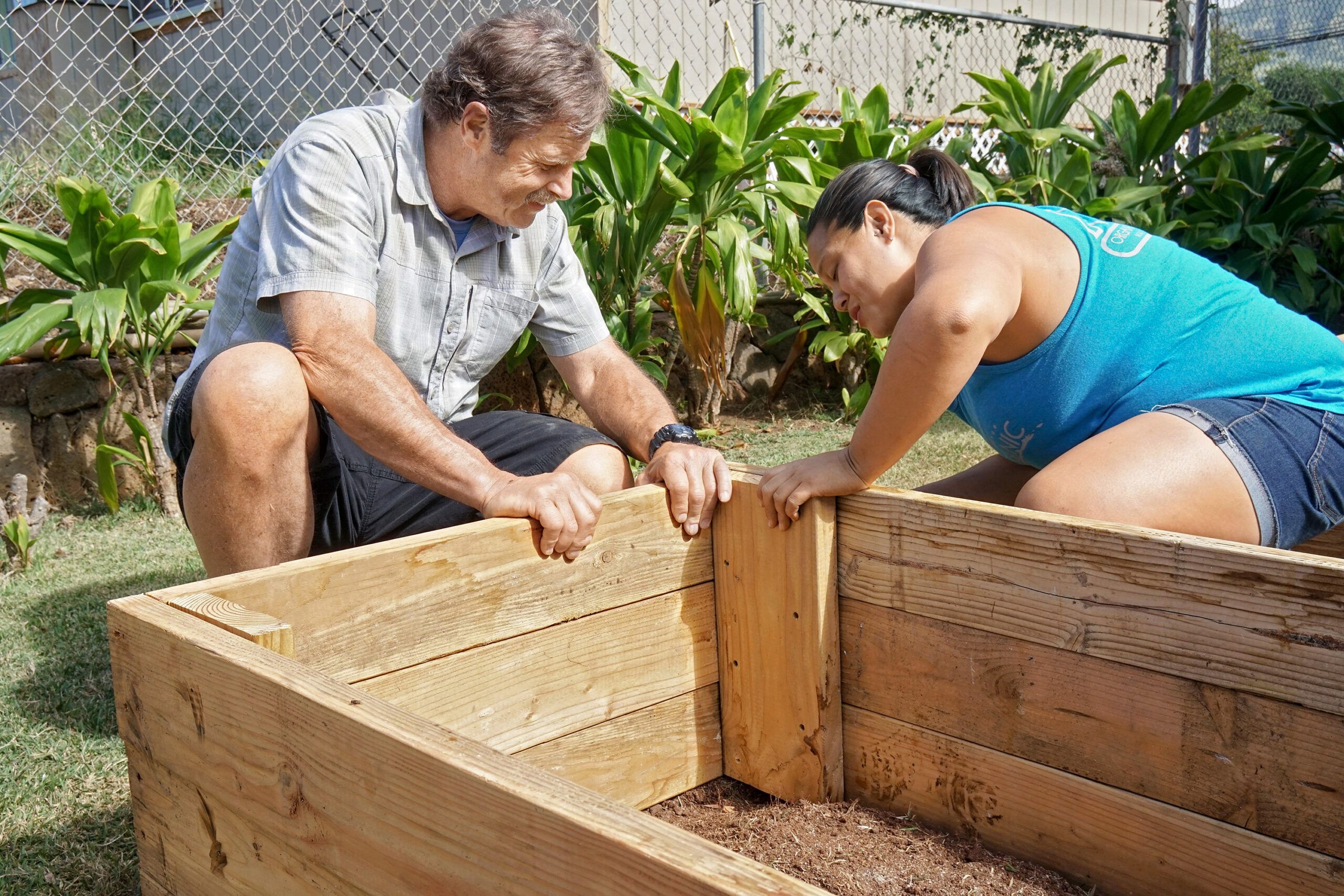
- A raised garden bed filled with vegetables, with a trellis for climbing plants.
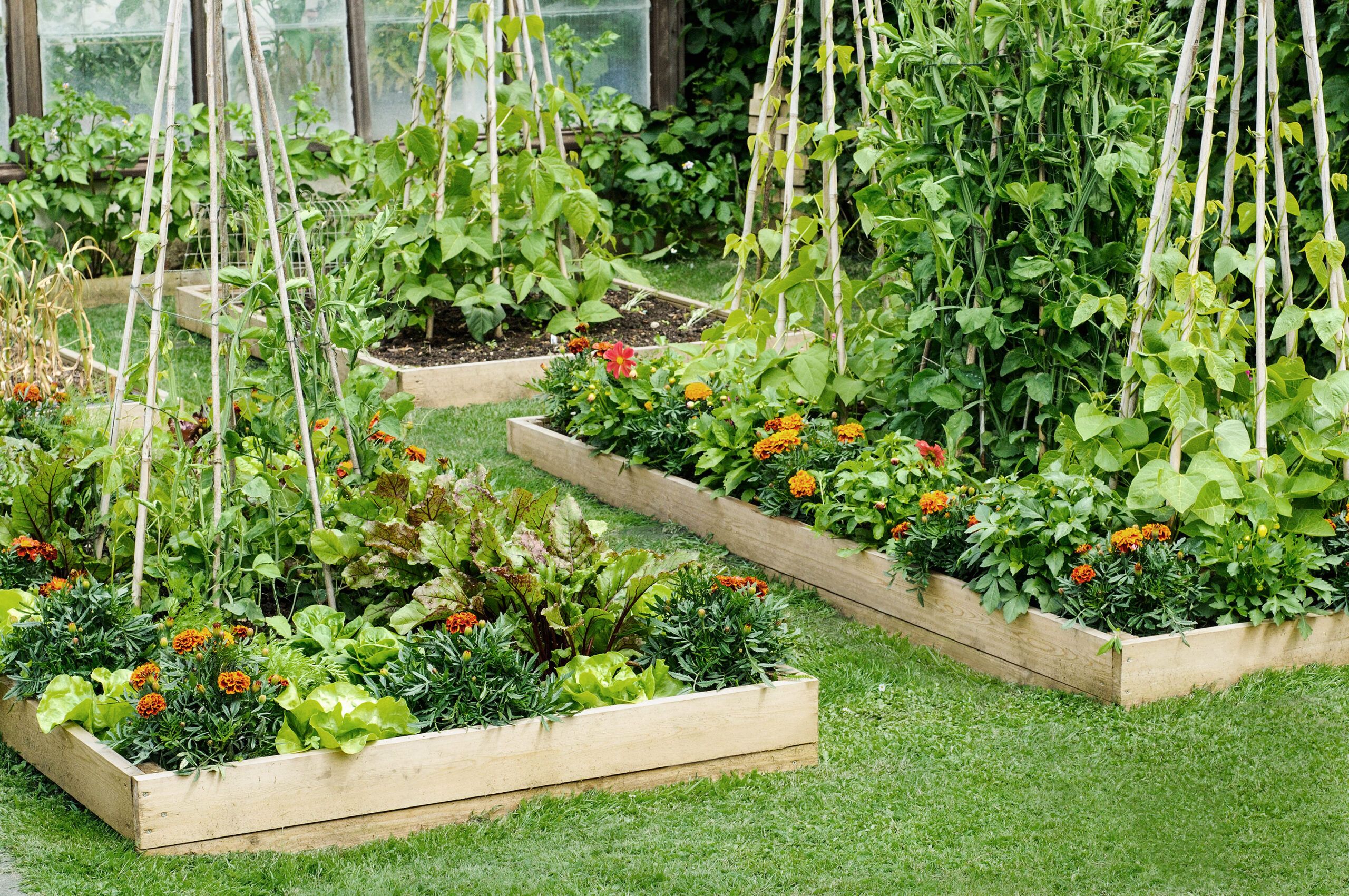
- A raised garden bed in a backyard, with a bench for sitting.
- A raised garden bed in a front yard, with flowers and herbs.

- A raised garden bed made of old railroad ties, with a wooden walkway.

- A raised garden bed with a chicken wire fence to keep out pests.
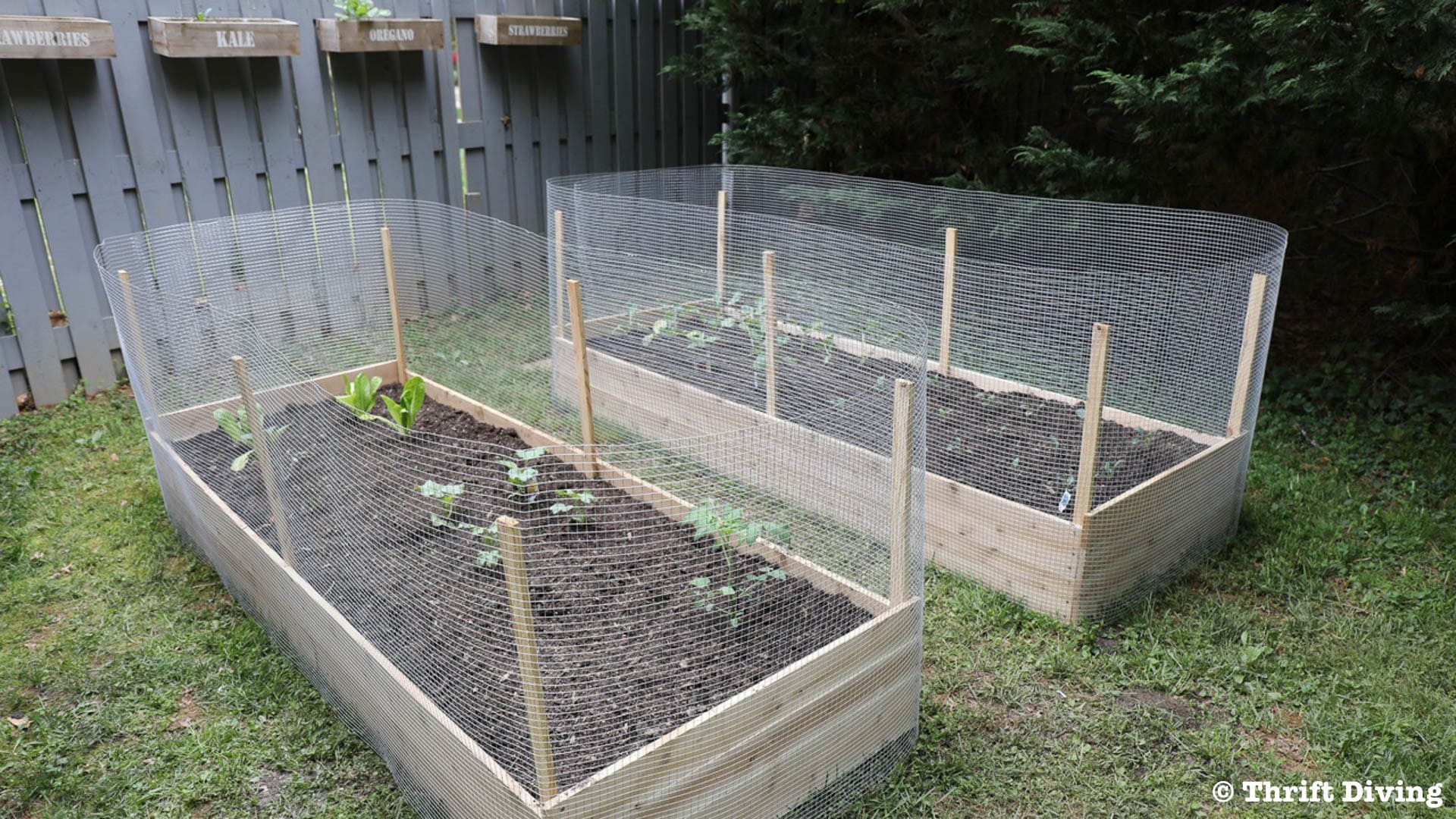
- A raised garden bed with a drip irrigation system.

- A raised garden bed with a variety of vegetables and flowers.
- A raised garden bed with a birdbath and a water feature.
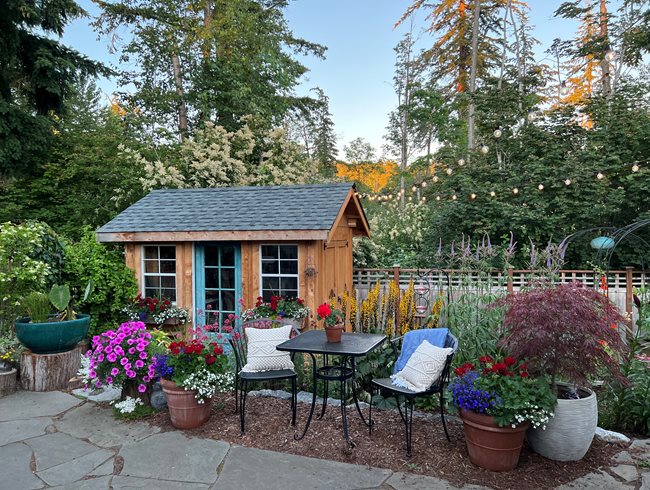
- A raised garden bed with a sign that says "Grow Your Own Food."
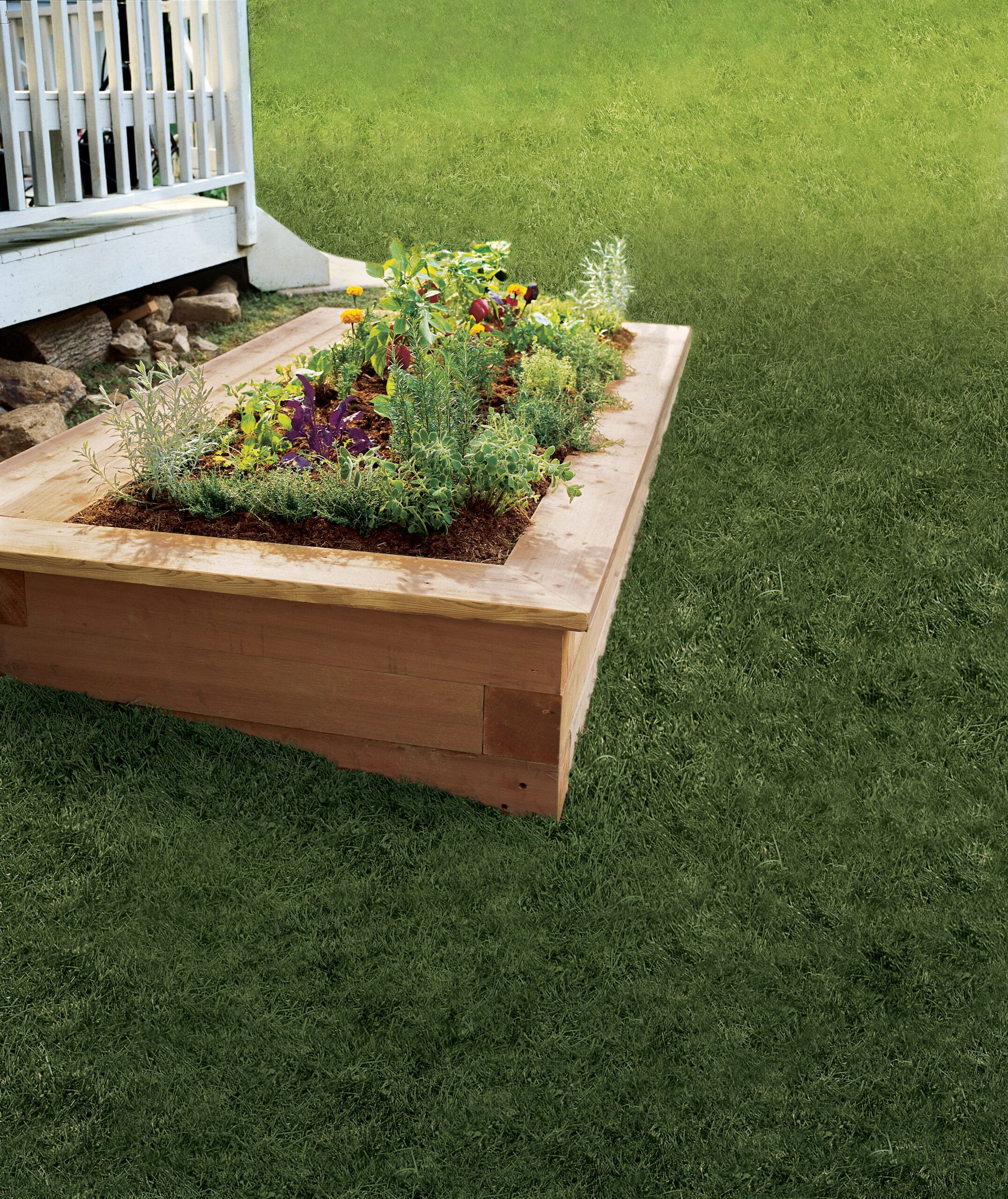
Post a Comment for "This Old House Raised Garden Beds: The Ultimate Guide To Building And Planting Your Own"